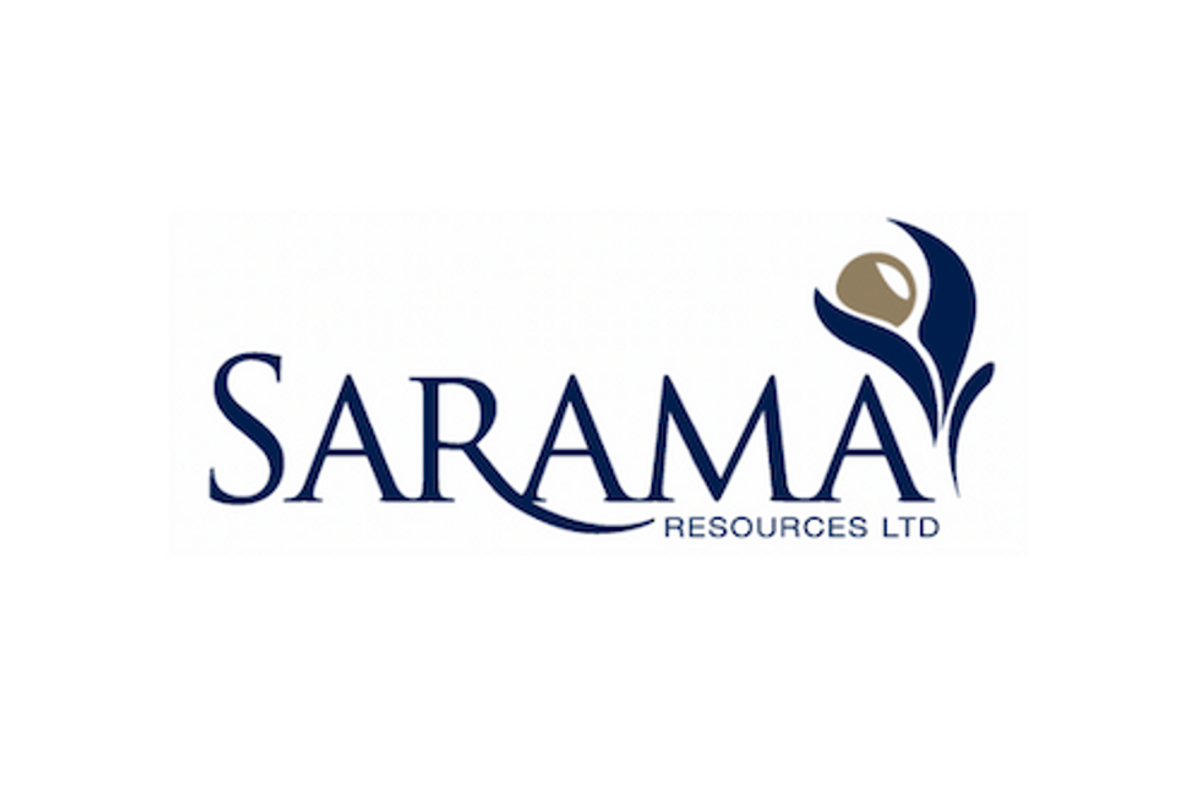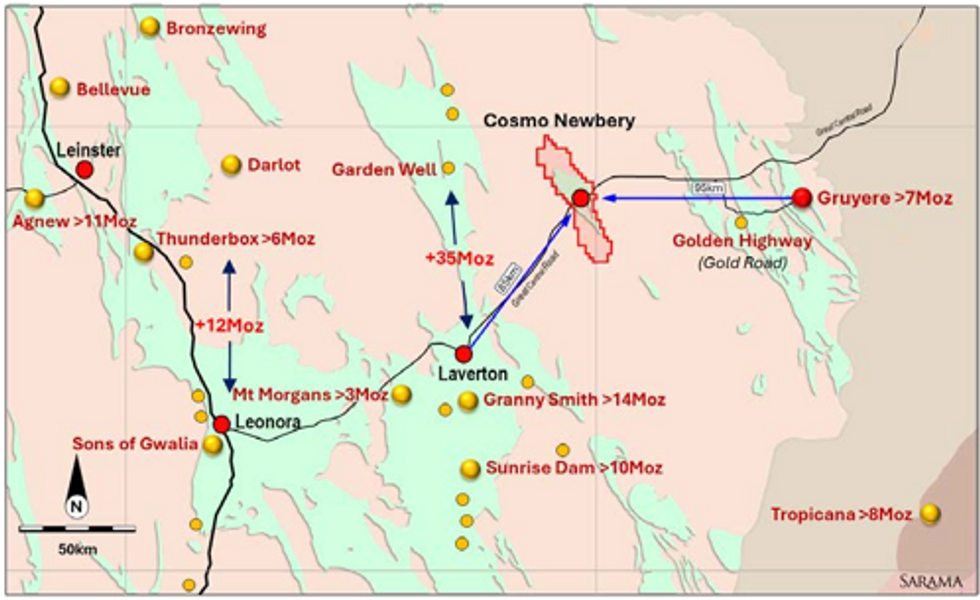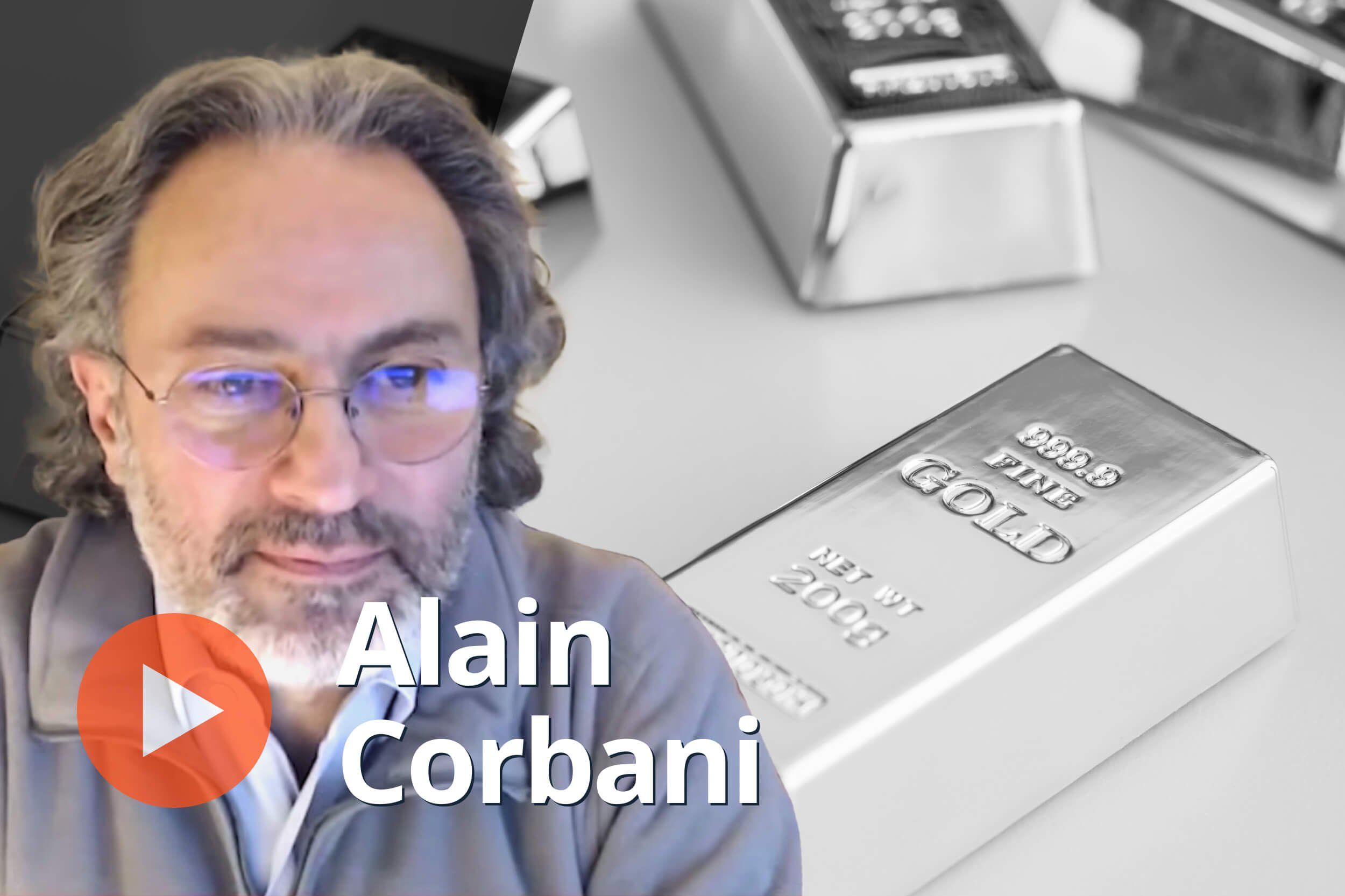
June 16, 2024
Sarama Resources Ltd. (“Sarama” or the “Company”) (ASX:SRR, TSX- V:SWA) is pleased to announce that it has signed a non-binding Memorandum of Understanding (“MOU”) with Cosmo Gold Limited (“Cosmo”) and Adelong Gold Limited (“Adelong”) to acquire rights to the Cosmo Newbery Project (the “Project”), located in Eastern Goldfields of Western Australia, which have historically been highly prospective.
The acquisition will be subject to completion of due diligence, execution of a definitive agreement and satisfaction of certain Conditions Precedent including but not limited to, shareholder and stock exchange approvals and assignment of land access agreements. The MOU contemplates that Sarama will acquire this interest through a combination of share and cash payments and tenement expenditure. The Key Commercial Terms and Conditions Precedent are set out in Schedule 1 to this news release.
PROJECT HIGHLIGHTS
- Located between Laverton and Gold Road Resources’ Gruyere gold mine
- One of the last effectively unexplored greenstone belts in Western Australia
- Land access impediments restricted modern exploration
- Land access obtained with Agreements in place with Traditional Owners and Ministerial Consent
About the Cosmo Newbery Project
The Project is comprised of 7 early-stage gold exploration properties located in the Eastern Goldfields of Western Australia. The Project is located approximately 85km northeast of Laverton and is readily accessible via the Great Central Road which services the Cosmo Newbery Community and the >7Moz Gruyere Gold Mine, 95km to the east.

The Project is situated on one of the last unexplored greenstone belts in Western Australia and it has seen virtually no modern exploration or drilling of merit, with only soil sampling and limited RAB drilling being undertaken and no holes deeper than 32m vertically below surface. The Project tenure is contiguous and covers approximately 583km2 and the entire +50km extent of the greenstone belt (the “Cosmo Newbery Belt”).
The Cosmo Newbery Belt represents a large and prospective system with gold first being discovered in the area in the 1890’s. Multiple historical gold workings are documented within the Project area and work undertaken to date, has identified multiple exploration targets for follow up.
Click here for the full ASX Release
This article includes content from Sarama Resources, licensed for the purpose of publishing on Investing News Australia. This article does not constitute financial product advice. It is your responsibility to perform proper due diligence before acting upon any information provided here. Please refer to our full disclaimer here.
SRR:AU

Sign up to get your FREE
Sarama Resources Investor Kit
and hear about exciting investment opportunities.
- Corporate info
- Insights
- Growth strategies
- Upcoming projects
GET YOUR FREE INVESTOR KIT
The Conversation (0)
04 November 2025
Sarama Resources
Promising new gold projects in Western Australia, plus a large fully funded arbitration claim.
Promising new gold projects in Western Australia, plus a large fully funded arbitration claim. Keep Reading...
02 December 2025
Sarama Partners With InvestorHub to Strengthen Investor Engagement
VANCOUVER, BRITISH COLUMBIA / ACCESS Newswire / December 2, 2025 / Sarama Resources Ltd. ("Sarama" or the "Company")(TSX-V:SWA)(ASX:SRR) is pleased to announce that it has partnered with InvestorHub and launched a new interactive website, a direct-to-investor engagement platform ("Investor Hub"... Keep Reading...
03 November 2025
Sarama Files Memorial in US$242M Damages Claim Against Burkina Faso
VANCOUVER, BRITISH COLUMBIA / ACCESS Newswire / November 3, 2025 / Sarama Resources Ltd. ("Sarama" or the "Company") (TSX-V:SWA)(ASX:SRR) announces that it has filed its written Memorial (the "Memorial") detailing the Company's claim against the Government of Burkina Faso ("GoBF") as well as... Keep Reading...
03 November 2025
Sarama Files Memorial in US$242M Damages Claim Against Burkina Faso
Sarama Resources Ltd. (“Sarama” or the “Company”) (TSX-V:SWA, ASX:SRR) announces that it has filed its written Memorial (the “Memorial”) detailing the Company’s claim against the Government of Burkina Faso (“GoBF”) as well as damages for the sum of US$242 million, plus interest. The proceedings... Keep Reading...
20 October 2025
Sarama Completes Tranche 3 Placement & Cleansing Notice
Sarama Resources Ltd. (“Sarama” or the “Company”) (TSX-V:SWA, ASX:SRR) advises that on 21 October 2025, it completed the third tranche of the previously announced A$2.7m equity placement (the “Placement”) (refer to Sarama’s news releases dated 30 June 2025 and 10 July 2025). The third tranche of... Keep Reading...
06 October 2025
Sarama Completes Tranche 2 Placement and Broker Options
Sarama Resources Ltd. (“Sarama” or the “Company”) (TSX-V:SWA, ASX:SRR) is pleased to report that on 7 October 2025, it completed the second tranche of the previously announced A$2.6m equity placement (the “Placement”) (refer to Sarama’s news releases dated 30 June 2025 and 10 July 2025). The... Keep Reading...
4h
One Bullion Limited Closes the Market
Adam Berk, Chief Executive Officer and President, One Bullion Limited, ("One Bullion" or the "Company") (TSXV: OBUL) and its executive management team, joined Dean McPherson, Head, Business Development, Global Mining, Toronto Stock Exchange ("TSX"), to close the market and celebrate the... Keep Reading...
5h
Blackrock Silver Closes C$15 Million Private Placement Led By a C$7 Million Investment from Eric Sprott
Blackrock Silver Corp. (TSXV: BRC,OTC:BKRRF) (OTCQX: BKRRF) (FSE: AHZ0) ("Blackrock" or the "Company") is pleased to announce the completion of its non-brokered private placement (the "Offering") previously announced on December 24, 2025. 2176423 Ontario Ltd., a company beneficially owned by... Keep Reading...
15h
Harvest Gold Identifies Significant AU-AG-CU Halo Associated With The Structural / Magnetic Feature On Mosseau
(TheNewswire) Vancouver, British Columbia / January 8, 2026 ‑ TheNewswire - Harvest Gold Corporation (TSXV: HVG,OTC:HVGDF) ("Harvest Gold" or the "Company") is pleased to announce the second series of assay results from its maiden drill program at its Mosseau property in the Urban Barry Belt in... Keep Reading...
07 January
Alain Corbani: Gold to Hit US$5,000 Near Term, What About Silver?
Alain Corbani, head of mining at Montbleu Finance and manager of the Global Gold and Precious Fund, sees the gold price reaching US$5,000 per ounce in the near term. He sees real interest rates and the US dollar as the key factors to watch, but noted that other elements are also adding... Keep Reading...
06 January
Aurum advances Boundiali development with 3 ML Applications
Aurum Resources (AUE:AU) has announced Aurum advances Boundiali development with 3 ML ApplicationsDownload the PDF here. Keep Reading...
Latest News

Sign up to get your FREE
Sarama Resources Investor Kit
and hear about exciting investment opportunities.
- Corporate info
- Insights
- Growth strategies
- Upcoming projects
GET YOUR FREE INVESTOR KIT
Interactive Chart
Latest Press Releases
Related News
TOP STOCKS
American Battery4.030.24
Aion Therapeutic0.10-0.01
Cybin Corp2.140.00







